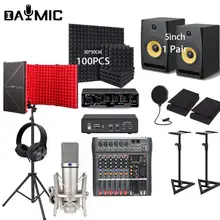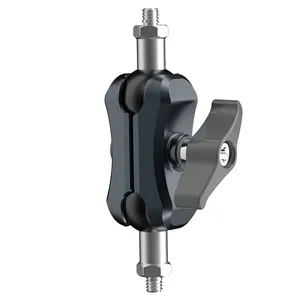A camera slider is a practical tool extensively utilized in the fields of photography and videography. It facilitates the capture of smooth and stable movements, both horizontal and angled, thereby enhancing the depth and dynamic range in the visuals captured. With a camera slider, users can achieve well-controlled shots, enhancing the overall visual impact and quality.
What are the different types of camera sliders?
Various types of camera sliders are available, each catering to different shooting needs. One such type is the motorized camera slider. As implied by the name, these sliders are equipped with an electric motor that moves the camera smoothly over the track. The precision and control offered by a motorized slider make it a valuable asset for consistent and repeatable camera motion, notably in time-lapse shooting or interview scenarios.
On the other hand, manual camera sliders require a more hands-on approach where the user moves the camera along the track. While this may require a steadier hand, it allows for increased control and adaptivity in movements.
Another variant includes ball-bearing camera sliders – an ideal solution for those seeking a smooth slider motion without the requirement of a motor. These sliders feature ball bearings which ensure a smooth glide along the track, effectively reducing friction and possible interruption to the stability of the shot.
How are camera sliders different from camera dollies?
Both a camera dolly and a camera slider contribute to steady motion in shoots. However, there are certain differences between the two. A camera dolly typically involves a wheeled cart or similar moving platform that supports the resting camera. While camera dollies are engineered to allow for extensive scale movements, camera sliders offer a compact solution, ideal for limited space shoots or on-location activities.
What to consider when sourcing camera sliders
When sourcing a camera slider, several factors warrant consideration. The size and length of the slider substantially affect the portability and range of movement. Smaller sliders are better suited for closer shots and are more portable, facilitating easy on-location shoots. Contrarily, longer sliders grant a broader range of motion at the expense of easy transport.
The payload capacity of a camera slider is also pertinent. The slider's payload capacity largely depends on the weight of the camera setup and larger setups necessitate a slider able to withstand heavier loads.
Lastly, mounting options play a significant role. Most sliders are designed to mount on a single tripod at the midpoint, while longer sliders often require two mounting points at each end to ensure stability. Some motorized sliders for cameras allow for a range of angles, providing flexibility for creative angled or vertical shots.











































 浙公网安备 33010002000092号
浙公网安备 33010002000092号 浙B2-20120091-4
浙B2-20120091-4